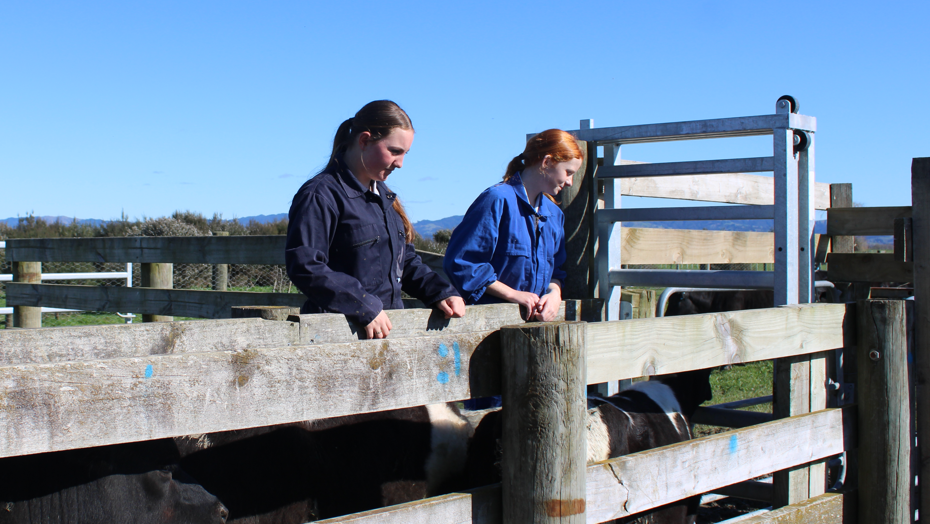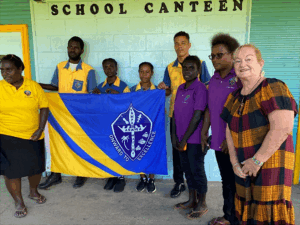It’s not often I need to wear gumboots for an interview.
That’s because it’s not often I get to visit a school that operates its classes on a farm.
Hauraki Plains College is the exception, and the classroom in question is Hayward Farm. The sun is out on August 21 as I drive down Kaihere Rd.
Dozens of students, some in overalls and gumboots, scatter along the 300 metre stretch of riverbank footpath from the college to the Hayward Farm entrance.
The farm was purchased by the Haurakian Charitable Trust in 2018.
The trust was created in 2004 by a group of past students from Ngatea District High School and Hauraki Plains College, with a purpose to provide additional resourcing and opportunities to strengthen the educational, social and wellbeing outcomes for young people of Hauraki Plains College and the community. The farm was subdivided and 8.8 hectares was left for Hauraki Plains College to teach agriculture and horticulture to its students.
As I turn right into the farm’s entrance one thing is clear to me: this is not a regular farm.
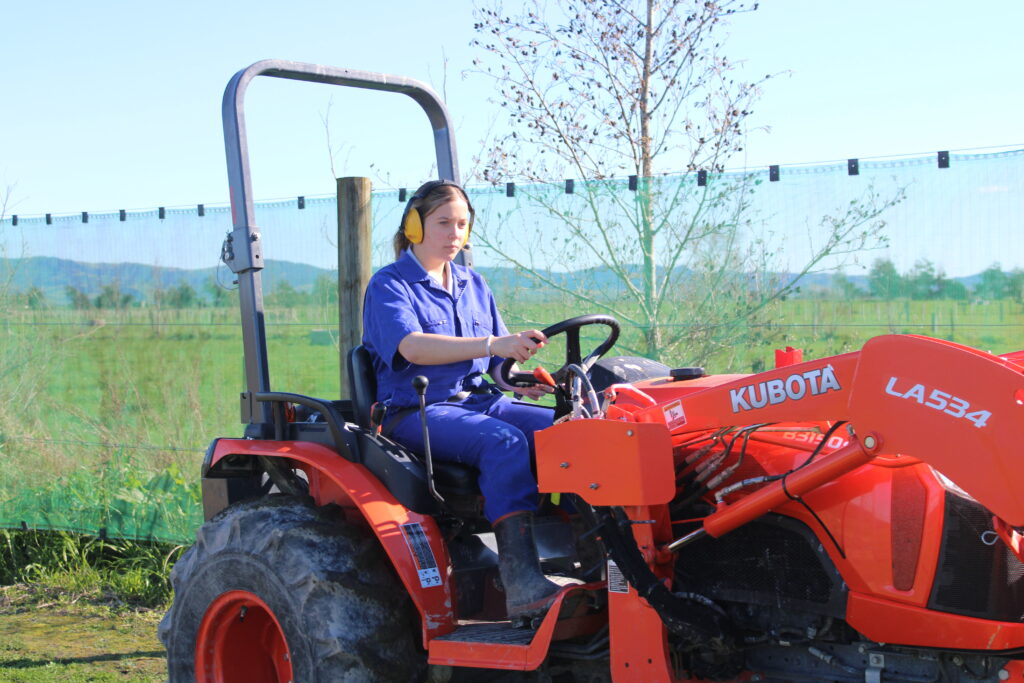
Students bound down the driveway ready for the final block of the day.
Teacher in charge Primary ITO (Industry Training Organisation) Ag/Hort Trades Academy and Agriscience Bronwyn Dyer greets me as we walk to the clearing, where I can see different sections of the farm.
There’s a fruit orchard, chickens, stockyard, old milking shed, big barn, native trees, and a swarm of students ready to get to work.
Bronwyn tells The Profile the point of Hayward Farm is to teach students skills that can be transferable to either an agriculture or horticulture environment, whether it’s on a farm or used to support people in the primary sector.
The New Zealand economy is “crying out” for young people to work in these areas, Bronwyn says, so the farm helps inspire and pique that interest for students.
“It is also a place to give students a chance to learn something that they may never have had the chance to do without the farm.”
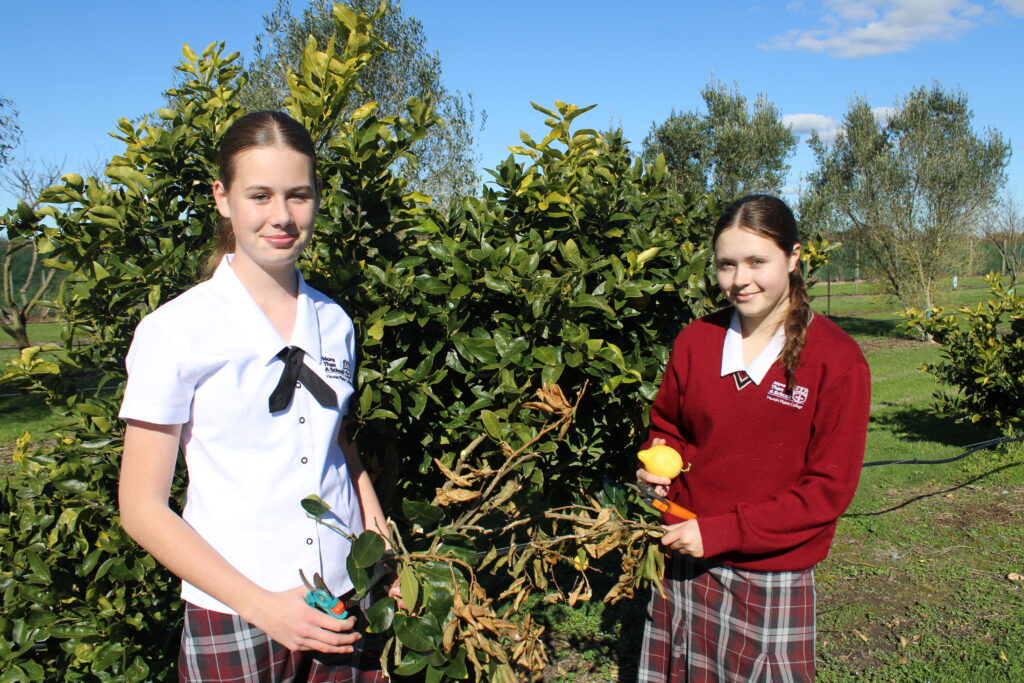
All the students gather around us before they split into clusters at different stations.
We follow a group who are working with cattle alongside Agriculture teacher and Primary ITO AgHort trade academy teacher Brett Harris. The squelch of cow splats beneath hooves and students’ gumboots is the only reminder I need to position myself at least three feet away from the stockyard.
Students round up the cattle and prepare them to be weighed.
“They’re very, very good at doing it. They don’t need a lot of guidance from the teacher now because they’ve been doing it for so long,” Bronwyn says.
Their focus is to measure the animal’s mass and mean weight, and check how many kilos it’s gained in the past two weeks.
“They do that to make sure the animals are putting on weight and they might separate some that need a little bit of extra care.”
There is currently extra land adjacent to Hayward Farm which the school uses to graze 120 dairy replacement R1s (rising one-year-olds) for the trust’s new farm in Waitakaruru. The students and teachers look after the stock from a vulnerable age until they are ready for mating, she says.
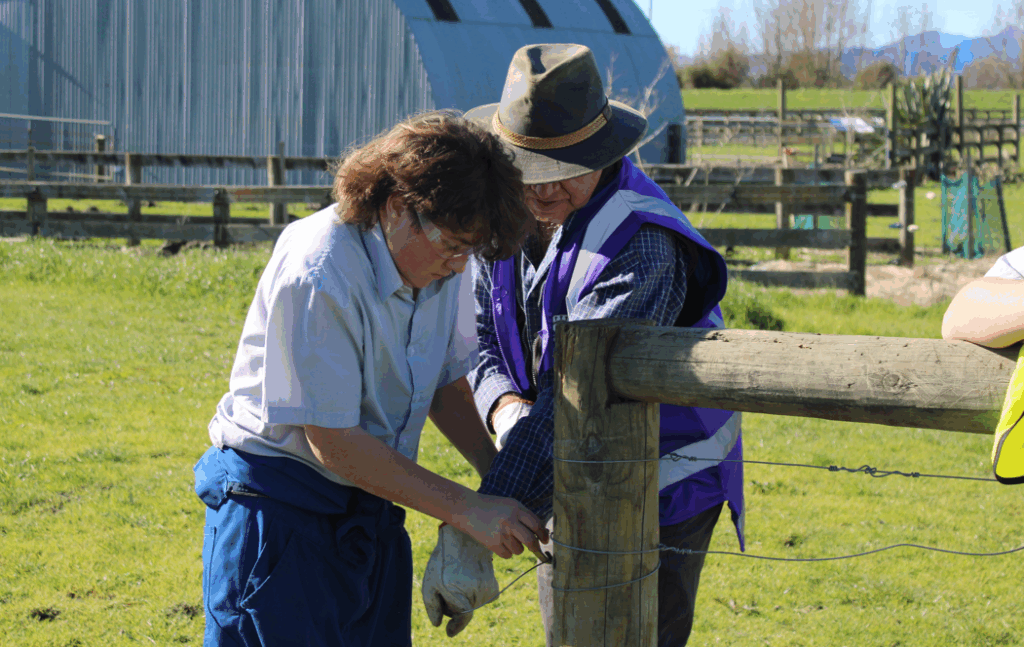
Students vaccinate, apply zinc boluses for facial eczema, weigh them to check their progress and drench them for worms, she says.
Students also help raise the school’s 20 mixed age beef steers to R3 stage, which helps contribute to the running expenses of Hayward Farm, she says.
Bronwyn points out that Brett is also a trained chainsaw tutor and teaches year 12 and 13 students how to operate the piece of machinery.
“He just had a student that got a job straight out of school on $45 an hour working with chainsaws.”
It goes without saying, there is certainly a need for sectioned areas on the farm. That’s why students are also equipped with the skills to build fences – they learn how to tie fence knots, put in posts and hang gates.
At the next station, Hayward Farm manager and Primary Industries assistant Chris de Beer helps a student tie an end knot, while others watch and learn until it’s their turn on the tools. Safety goggles, concentration and patience are a must.
When the students graduate from school, Bronwyn says they’ll be able to work for a fencer or do their own farm work.

Next to the fencing students, another group takes turns learning how to drive in the two little orange tractors. One student carefully maneuvers around the orchard and loops back for the next person to have their practice.
We toddle along to the fruit orchard by foot and see the next group of students with horticulture and sustainability teacher Yotam Kay. The orchard is home to around 240 fruit trees made up of stone fruit, pip fruit, citrus, feijoa and the latest addition: kiwifruit.
“We have just established a Gold Kiwifruit orchard thanks to the kind help from Owen Ruddell, who gave up his time to help the school, and KVH [Kiwifruit Vine Health] who gave us [a] kiwifruit licence,” Bronwyn says.
The kiwifruit will be used to teach students how to manage a small, commercial-style orchard through the seasons from the establishment stage.
Students learn how to prune, thin and harvest all of the trees in the orchard. It’s something I get to witness as the students use secateurs to tend to the lemon trees.
Four buckets full of the citrus-bounty will be donated to teachers, students and different departments to be used for hospitality.
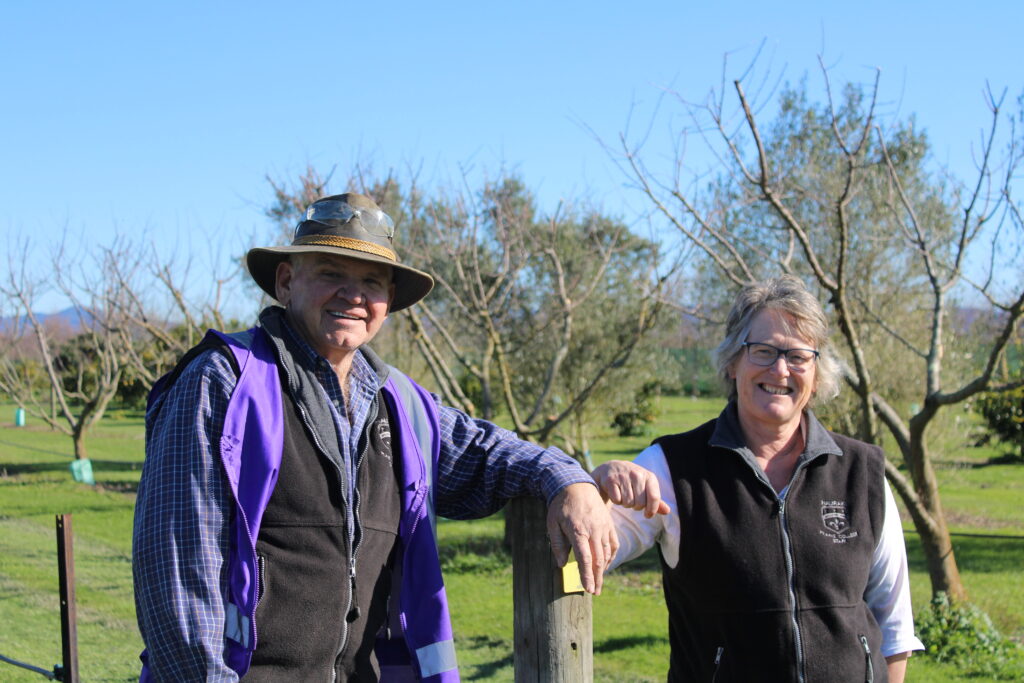
One thing Yotam says he loves about being in the orchard is when students ask if they can eat the fruit.
“Of course you can have some fruit. That’s what it’s all about.”
But the farm just keeps on giving, with more opportunities everywhere I turn, including mini projects such as poultry raising, landscaping and plans for cowshed alterations.
One new project in the works was a market garden. On the other-side of the orchard boundary line, near the kiwifruit rows, they plan to grow a market garden with vegetables such as potatoes, cabbages, carrots and pumpkins.
They will be used for hospitality, but also to donate and sell at cost so students will get to experience everything from development to maintenance to harvest, Yotam says.
Every year, a soil professional visits the farm and teaches students and teachers how to take and read a soil test.
“We then make decisions on what to apply to the orchard,” Bronwyn says.

“We are working on a no-pesticide spray programme and try to only use organic type fungicides.
“This year we will trial pheromone spirals to find a way to reduce the need for insecticides.”
There are also plans to establish a wetland area for students to learn about wetland management, and also to develop a running and cycling track around the farm for outdoor education, Bronwyn says, where horticulture students will plant native trees.
I can see her passion for the subjects and students she teaches.
It’s something that makes this term a challenge for Bronwyn as she prepares to leave her role at Hauraki Plains College at the end of term three after almost a decade of service to the school and students she loves.
Bronwyn will take on a new role to promote horticulture at Massey University as the stakeholder development officer for horticulture.
“My hope is to encourage people to look deeper at the exciting careers in horticulture with its many different avenues.”
By DAVIDDA HIKATANGATA
